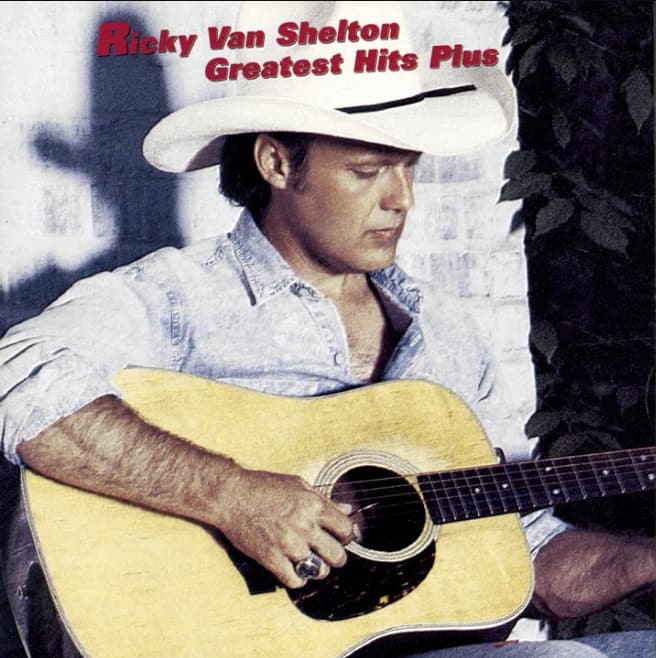
A Promise Set to a Backbeat of Restless Devotion
When Ricky Van Shelton released his rendition of “Wear My Ring Around Your Neck” as the lead single from his 1992 compilation Greatest Hits Plus, the song found new life beyond its original 1958 rock ’n’ roll frame. Issued alongside its placement in the film Honeymoon in Vegas, Shelton’s version rose to No. 26 on the Billboard Hot Country Singles & Tracks chart an impressive feat for a track that had already lived an entire lifetime in the American musical imagination. In his hands, the song was no longer simply a relic of the early rock era; it became a country-steeped meditation on fidelity, longing, and the timeless urge to bind love with something tangible.
At its core, “Wear My Ring Around Your Neck” has always been a declaration a young man’s bold attempt to make a promise visible, audible, and irrevocable. What Ricky Van Shelton achieved in 1992 was not a mere revival but a re-contextualization. He carried the song into a new emotional terrain, reshaping a jittering teenage anthem into something warmer, steadier, and more reflective. Where the original thrived on the thrill of adolescent urgency, Shelton’s delivery introduced a sense of lived-in sincerity, the kind that comes from understanding that love is not only about excitement but about endurance.
His voice a velvety baritone that always seemed to carry both comfort and ache transforms the lyric’s youthful plea into a mature vow. In Shelton’s reading, the ring is no longer just a token of courtship; it becomes a symbol of emotional accountability. The arrangement leans into the country tradition’s fondness for clean lines and unfussy clarity. The lightly rocking rhythm section remains, but it is softened, rounded, bathed in a gentle Nashville polish that makes space for his voice to take center stage. Each phrase seems to be weighed, considered, and released with a tenderness that reflects the singer’s hallmark ability to bridge traditional country sentiment with pop accessibility.
This shift in emotional gravity is what gives the cover its lasting resonance. Instead of playing into nostalgia for the rock ’n’ roll era, Shelton lets the lyric unfold like a universal truth: love often needs a marker, not for possession but for reassurance. “Wear my ring…” becomes an invitation to shared trust—a gesture not of ownership but of mutual promise. In a decade when country music was accelerating into a louder, glossier age, Shelton delivered something gentler, reminding listeners that commitment, however symbolized, is ultimately a deeply personal act.
By the time the last notes fade, his version stands not as an imitation but as a reinterpretation—proof that a well-worn song can still reveal new emotional textures when approached with respect, restraint, and a voice capable of carrying both history and heart.